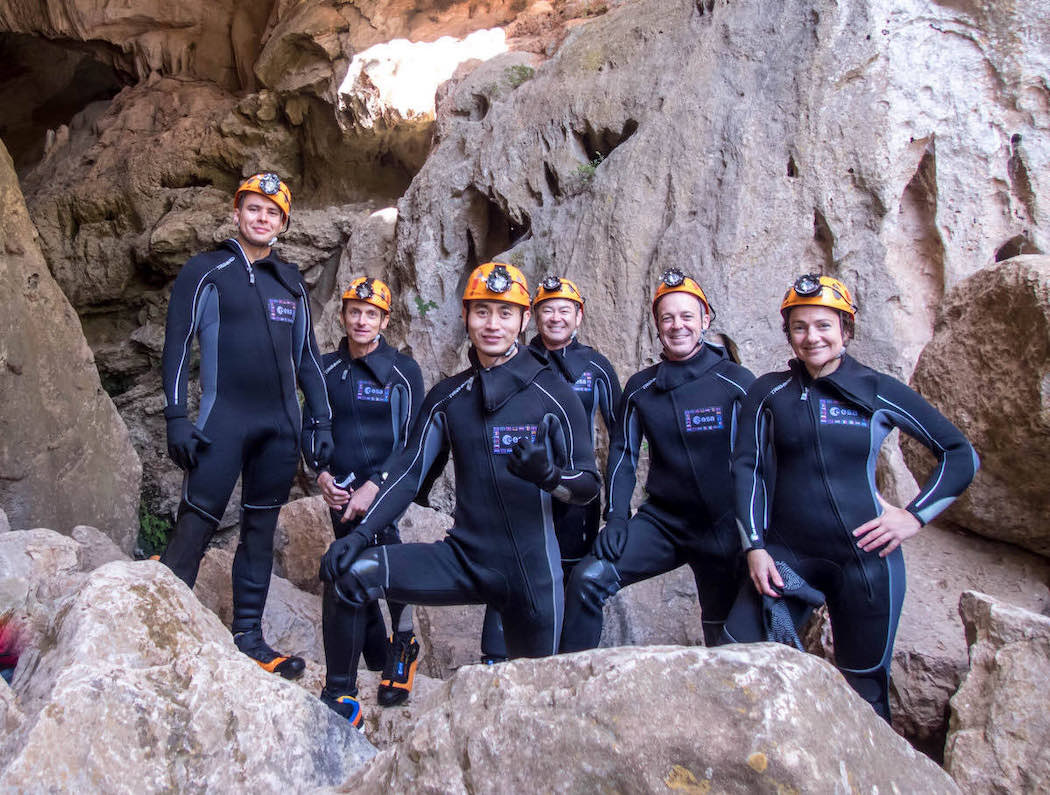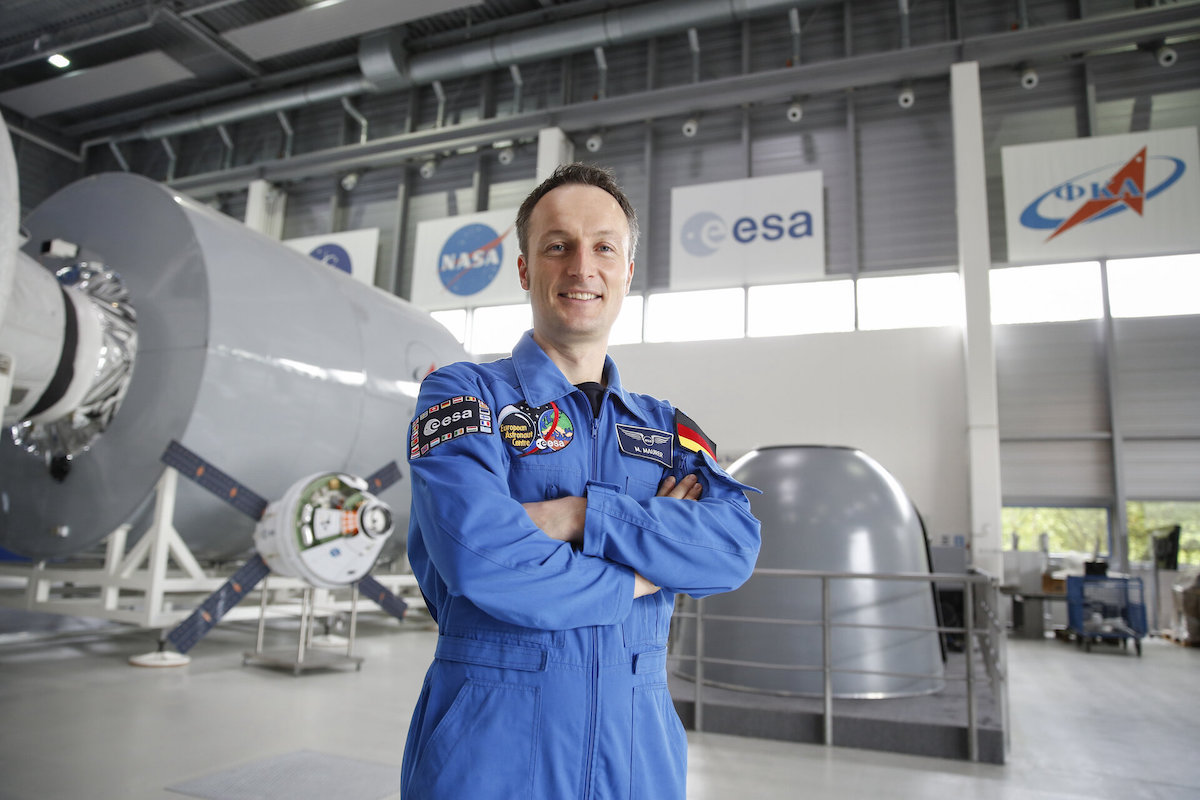
On the eve of the next crew launch to the Chinese space station, a spokesperson for China’s human spaceflight agency repeated Thursday the country’s invitation for international astronauts to fly to the new orbiting space lab.
The Shenzhou 13 mission, with an all-Chinese crew of three astronauts, is set for blastoff Friday at 12:23 p.m. EDT (1623 GMT) to begin the first six-month expedition on China’s space station. The mission follows the three-month Shenzhou 12 crew mission, which ended last month.
China, which is not a partner on the International Space Station project, plans to finish construction of its own space station by the end of next year, when astronauts will begin flying regular six-month stints on the complex.
“The construction of China’s space station will provide a platform for broader international cooperation, including astronaut joint space flights,” said Lin Xiqiang, deputy director of the China Manned Space Agency. “In fact, many countries and regions have already proposed to cooperate with us. We have already carried out cooperation in astronaut selection and training.
“We welcome astronauts from other countries entering our space station, and conducting international cooperation,” Lin said. “We believe that after the station enters the operation and utilization phase, more foreign astronauts will visit our station.”
There are no firm crew assignments or schedule for when international astronauts might fly on a Chinese mission, but Lin’s comments Thursday reiterate a consistent message from China’s space officials that international guests are welcome on the space station.
China and Russia announced a roadmap earlier this year to develop an International Lunar Research Station, and the head of Russia’s space agency said the country’s cosmonauts could fly on China’s space station.
NASA is prohibited by law from most direct cooperation with China’s space program.

The Shenzhou 13 mission, commanded by Chinese astronaut Zhai Zhigang, will blast off on top of a Long March 2F rocket Friday from the Jiuquan space base in the Gobi Desert. Zhai will be joined by veteran astronaut Wang Yaping and first-time space flier Ye Guangfu.
Ye, a former jet pilot in China’s air force, has already participated in joint astronaut training with the European Space Agency. He joined an ESA-led caving expedition in Sardinia in 2016, alongside NASA, ESA, and Japanese astronauts, and a Russian cosmonaut.
“We were staying in underground caves, and we learned from each other, and we overcame all the difficulties and accomplished our tasks,” Ye said Thursday in a pre-launch press conference. “It was a tremendous case of international collaboration. It made me know that it is the responsibility of all astronauts to explore outer space.”
Ye said he hoped astronauts from other countries will, one day, join him on a space mission.
Chinese astronauts have also been to Russia for spaceflight training, Lin said.
Matthias Maurer, an ESA astronaut set to launch later this month to the International Space Station on a SpaceX crew flight, tweeted his well wishes Friday to the Shenzhou 13 astronauts.
“I’m very excited that my dear friend Ye Guangfu (is) finally going to space,” Maurer tweeted. “He was the first taikonaut in ESA CAVES training, and took well care of me during my sea survival training in China. As did Wang Yaping. Godspeed to all three of you! I’ll join you soon in space.”

Maurer and fellow ESA astronaut Samantha Cristoforetti participated in sea survival training with Chinese astronauts in 2017.
He said in 2018 that he would like to fly on China’s space station some day. Maurer is one of several ESA astronauts who took Chinese language lessons in anticipation of cooperative training, and potential joint space missions.
“At the moment I’m fully concentrated on this spaceflight mission,” Maurer told Spaceflight Now this month, referring to the upcoming SpaceX crew flight to the International Space Station. “We will see what the European Space Agency has planned for European astronauts. I’m definitely willing to continue cooperating with other partners if that is what my space agency wants to do.”
Email the author.
Follow Stephen Clark on Twitter: @StephenClark1.
